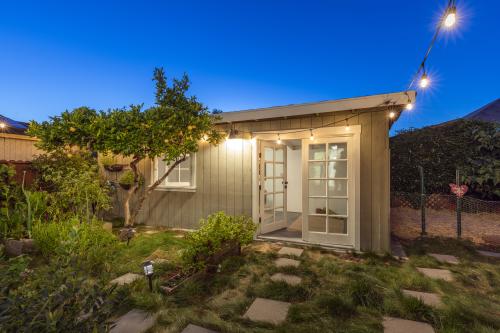Most American states and metropolitan areas have some idea as to the amount of growth they expect over the next several decades, based on estimates of projected demographic, household, market and industry trends. These estimates form the foundation of public policies and are vital for use in goal setting, planning, and implementation of a variety of growth and development strategies.
However, there is not a general sense of how the projected changes in demographic, household, and market trends will impact our nation’s built environment—that is, how many new homes, office buildings, and other physical structures will need to be built to accommodate future growth. To that end, this paper examines a series of projected trends at the national, state, and metropolitan level to determine the estimated demand for new housing, commercial, and industrial space over the next quarter century.


